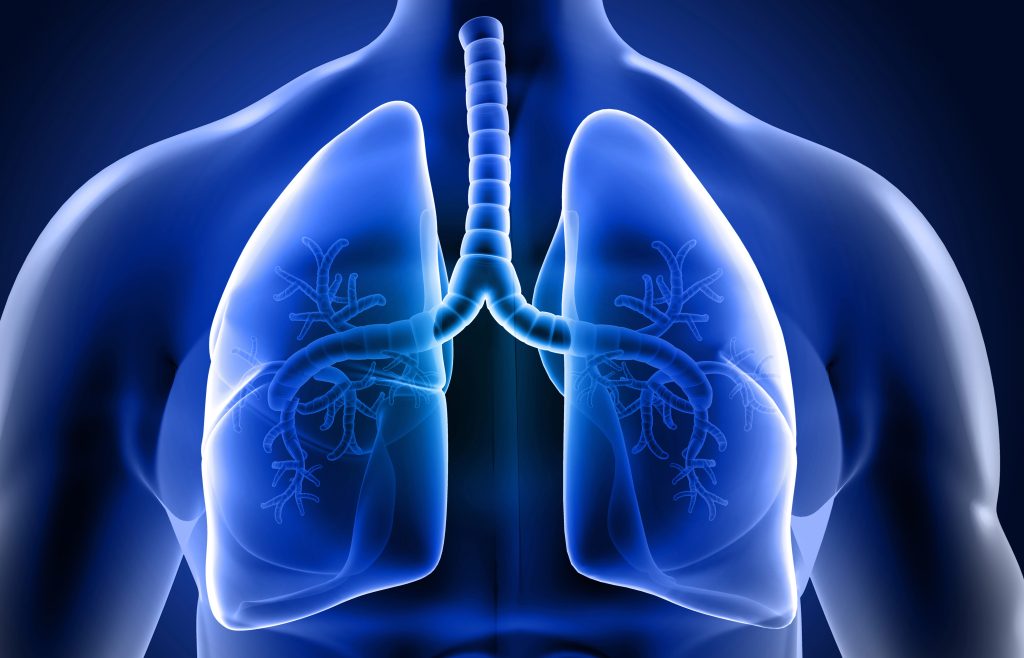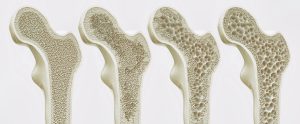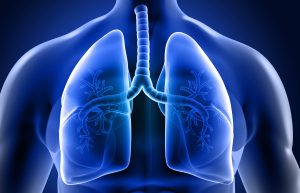Breathing is vital to life and generally takes place automatically, with very little or no thought at all.
Breathing Pattern Disorders (BPD), commonly known as Dysfunctional Breathing, refers to a group of breathing disorders which are characterised by an alteration to normal patterns of breathing (with or without an underlying medical condition being present). In essence, if a person has a BPD, they may not be breathing in the most efficient way for their body. These changes can significantly affect physical and emotional well-being, leading to a wide array of symptoms which are often misdiagnosed or misunderstood.
In this blog post, we’ll explore what BPD is, the typical triggers, common signs and symptoms, and how physiotherapy can play a vital role in helping individuals regain normal, efficient breathing patterns.
What is BPD?
BPD or Dysfunctional Breathing refers to a disturbance in the normal biomechanical, biochemical or psychological aspects of breathing. This condition can occur with or without respiratory diseases (i.e. Asthma or COPD) and can significantly impact a person’s quality of life.
In BPD, there are numerous different ways in which breathing may be altered. This may include:
- Breathing too quickly or too slowly
- Taking deeper or more shallow breaths than necessary
- Breathing predominantly through the mouth (rather than nasally)
- Breathing more noisily
- Breath holding
- Breathing with the upper chest using the accessory muscles of breathing (even at rest or on light exertion)
- Experiencing irregular breathing patterns
It is normal for our breathing patterns to change in response to different situations or challenges. However, certain triggers can disrupt this natural rhythm, which may lead to unpleasant symptoms. If the conditions that lead to these changes in breathing pattern are repeated or prolonged, an altered breathing pattern may be reinforced and become habitual. Once this happens, it can be challenging for your breathing to return to its normal, heathy state.
Common Triggers and Causes of BPD
| Medical conditions | – Exacerbation of lung conditions (i.e. Asthma, COPD) – Recent chest infection, pneumonia or COVID-19 – Cardiac problems – Pulmonary embolism – Nasal problems (leading to mouth breathing) – Anaemia – Fibromyalgia |
| Psychological factors | – Anxiety – Depression – Stress (i.e. worry, fear) |
| Other factors | – Pain – Hormones – Consumption of alcohol, nicotine or caffeine – Exposure to high altitude – Sedentary lifestyle – Surgery or traumatic injuries (particularly those affecting the abdomen or thorax) |
Typical Signs and Symptoms of BPD:
- Shortness of breath at rest or during minimal exertion (i.e. when walking, completing activities of daily living or even when speaking)
- Frequent sighing or yawning
- Frequent deep breaths or suddenly feeling the need to take deep breaths
- Feeling as if unable to get enough air or take deep breaths (‘air hunger’)
- Frequent coughing or clearing of the throat
- Fatigue or brain fogginess
- Light headedness, dizziness or headaches
- Chest pain or tightness
- Palpitations (noticeable heartbeats)
- General aches and pains (especially around shoulder, neck and jaw)
- Tingling in fingers, toes or tip of the nose
- Anxiety or panic attacks
- Irritability or hypervigilance
- Disturbed sleep or snoring

How Physiotherapy Can Help
Physiotherapists can help to recognise, assess and address issues associated with BPD or Dysfunctional Breathing. Treatment interventions are personalised and may include the following approaches:
1. Breathing Retraining
Physiotherapists can teach diaphragmatic (belly) breathing techniques to encourage the use of the diaphragm over accessory muscles in the chest and neck. This promotes more efficient gas exchange and helps calm the nervous system.
2. Postural Correction
Poor posture can restrict chest expansion and diaphragm movement. Physiotherapy can help to identify and correct postural issues that may be contributing to dysfunctional breathing.
3. Relaxation and Mindfulness Techniques
These strategies are often integrated into treatment to help manage the psychological components, such as stress and anxiety, that can exacerbate poor breathing patterns.
4. Education and Self-Management
Understanding the nature of dysfunctional breathing is empowering. Physiotherapists educate patients about their condition and teach tools to manage symptoms in daily life.
5. Graded Exercise Therapy
For individuals who avoid activity due to breathlessness, physiotherapists can design safe, progressive exercise programs to improve cardiovascular fitness and confidence.
Conclusion
DBE (or Dysfunctional breathing) can be frustrating and debilitating, but it is treatable. With the support of a skilled physiotherapist, individuals can learn to recognise and correct abnormal breathing patterns, leading to improved physical function, reduced symptoms, and better overall well-being.
If you or someone you know experiences persistent breathlessness or related symptoms, consider consulting a physiotherapist trained in breathing pattern disorders. Breathing better could be the key to living better.
Physiotherapist






